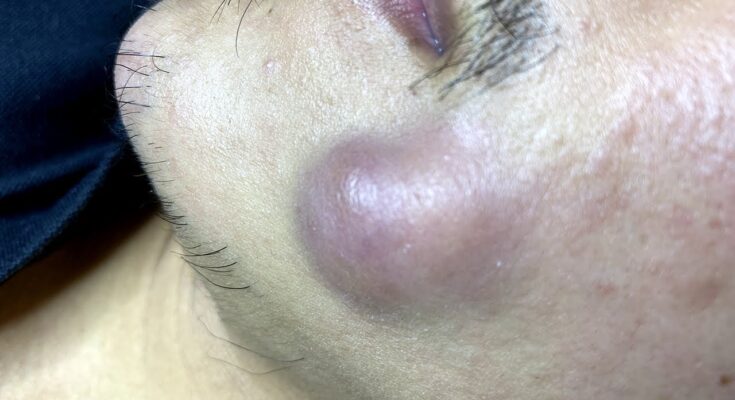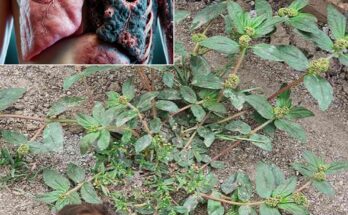1. Don’t Squeeze or Pop It
- While it might be tempting, squeezing or popping a big pimple can worsen the situation by pushing bacteria deeper into the skin, causing inflammation, infection, or scarring.
2. Use Ice or Cold Compress
- Applying an ice pack wrapped in a cloth to the pimple for 10–15 minutes can help reduce swelling and redness. It’s best to do this several times a day, especially if the pimple is inflamed.
3. Apply Acne Medication
- Benzoyl Peroxide: Helps kill acne-causing bacteria and reduce inflammation.
- Salicylic Acid: Penetrates deep into pores to help clear out excess oil and dead skin cells.
- Retinoids: Over-the-counter or prescribed retinoids can speed up skin turnover and prevent clogged pores.
4. Use a Warm Compress
- If the pimple has a head and looks like it’s ready to drain, applying a warm compress (a clean, warm towel) for 10–15 minutes can help soften the skin and may allow the pimple to drain naturally. Be sure to let it happen on its own.
5. Spot Treatment with Tea Tree Oil
- Tea tree oil has natural antibacterial properties. You can apply diluted tea tree oil directly to the pimple with a cotton swab. Make sure not to overuse it, as it can be drying to the skin.
6. Keep Your Skin Clean
- Gently wash your face twice daily with a gentle cleanser to keep your skin free from excess oil, dirt, and bacteria. Avoid harsh scrubbing, which can irritate the pimple further.
7. Overnight Treatment
- Some acne treatments, like hydrocolloid patches or pimple patches, can help absorb oil and reduce the size of the pimple overnight. These are especially useful for cystic pimples.
8. Consult a Dermatologist
- If your big pimple doesn’t improve or becomes worse, it might be a good idea to consult a dermatologist. They can provide stronger treatments, such as corticosteroid injections, which can quickly reduce swelling and pain in cystic pimples.
Additional Tips:
- Avoid Touching Your Face: Keeping your hands away from your face can prevent transferring oils and bacteria that can worsen acne.
- Use Non-comedogenic Products: Make sure your skincare and makeup products are non-comedogenic, meaning they won’t clog your pores.
Be patient, as it may take time for the pimple to heal. Cystic pimples, in particular, can take longer to go away than regular pimples.

